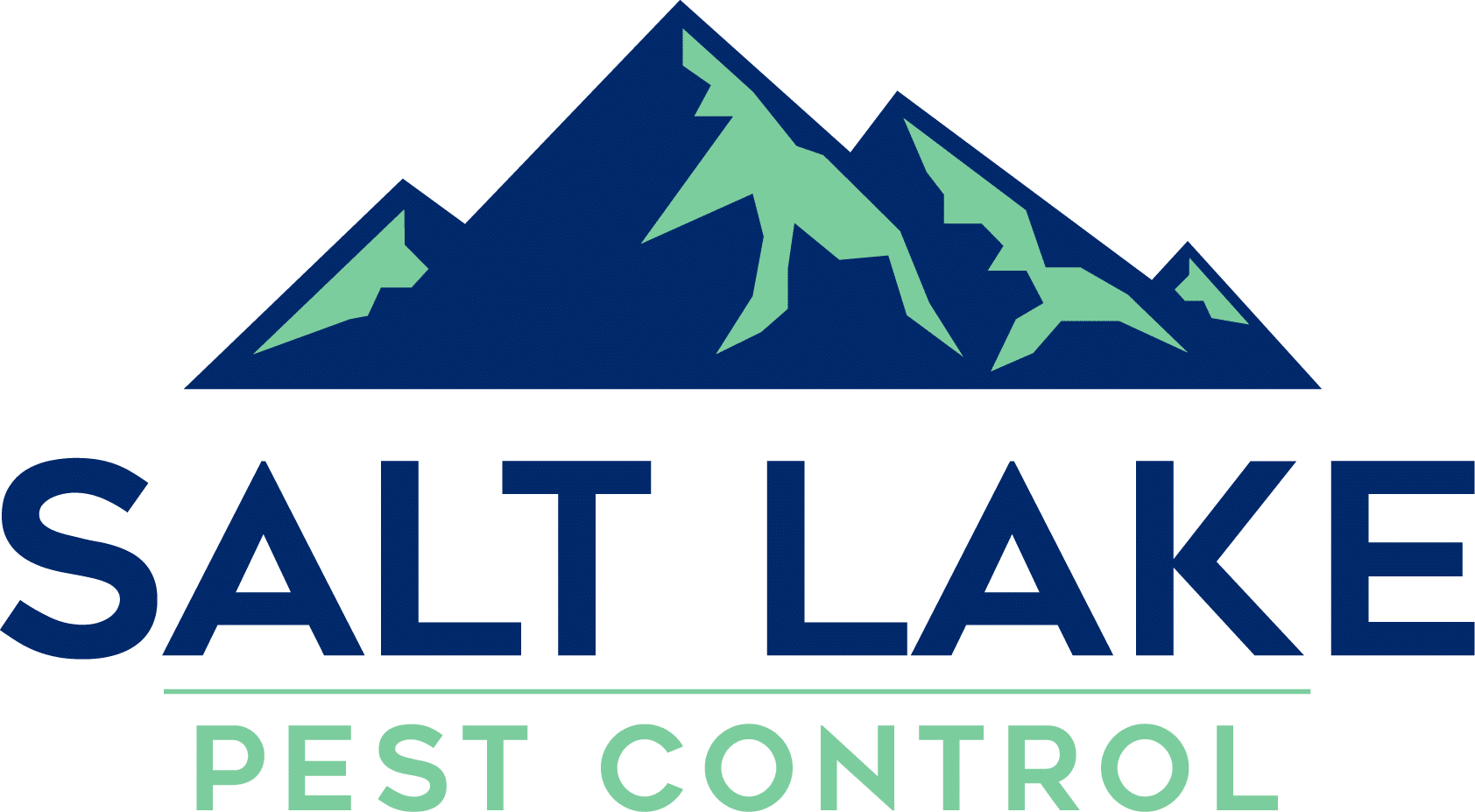How Pest Control Affects Local Ecosystems and Human Activities in Salt Lake City Parks
Salt Lake City, with its beautiful parks and green spaces, offers residents numerous opportunities to enjoy the great outdoors, unwind, and immerse themselves in nature. From popular parks like Liberty Park, Sugar House Park, and Memory Grove Park to vast natural reserves like Red Butte Garden, these vital green spaces provide refuge for a wide variety of wildlife and create fertile grounds for various plant species. As part of maintaining the beauty and ecological balance of these spaces, pest control plays an essential role in preserving these urban oases and ensuring their continued enjoyment by visitors.
In this blog post, we’ll discuss the impact of pest control on Salt Lake City parks, the effects on wildlife and human activities, and how the principles of integrated pest management can work harmoniously with the environment. Understanding the delicate balance between pests, wildlife, and human activities is key to promoting a thriving ecosystem that can be enjoyed by all. We’ll also explore the best eco-friendly pest control practices, designed to protect local flora and fauna while minimizing the negative impact on the environment.
Proper pest management in these cherished urban parks ensures public safety, maintains the aesthetic appeal, and preserves the environmental health of these essential green spaces. The use of environmentally friendly and sustainable pest control methods promotes a healthy and vibrant urban ecosystem and maintains the quality of life for both wildlife and local communities. By appreciating the role of responsible pest control, we can work together to protect and preserve Salt Lake City’s parks for generations to come, while coexisting in harmony with the incredible wildlife that shares our urban environment.
1. The Role of Pest Control in Salt Lake City Parks
Managing pests in Salt Lake City parks is a complex task, given the need to strike a balance between protecting human health, maintaining park aesthetics, and preserving natural habitats for wildlife. Pests such as rodents, insects, and invasive plant species can pose risks to visitors, damage park infrastructure, and disrupt the local ecosystem.
Importance of Pest Control:
– Ensuring public safety: Pests can spread diseases, trigger allergies, or inflict direct harm, such as bites and stings. Effective pest management reduces these risks for park visitors.
– Preserving park aesthetics: Uncontrolled pest populations can damage trees, plants, and landscaping, detracting from the beauty and enjoyment of public spaces.
– Protecting local ecosystems: Invasive pests and overpopulated species can disrupt the natural balance of an ecosystem, harming native plants, and wildlife in the process.
2. Impact of Pest Control on Wildlife and Human Activities
Unplanned or indiscriminate pest control measures can have unintended consequences on local biodiversity and human activities such as bird watching, hiking, and picnicking. The use of chemical pesticides has, at times, led to the loss of key pollinating insects like bees, which play a crucial role in maintaining plant diversity.
Potential consequences:
– Loss of pollinators: Widespread pesticide use can eliminate essential pollinators like bees and butterflies, leading to a decline in plant diversity and negatively affecting the overall ecosystem.
– Disturbing predators: Pest control measures can accidentally target or affect non-target species, such as birds of prey or beneficial insects, creating an imbalance in the food chain.
– Decreased enjoyment of parks: The loss of plant and wildlife diversity or the side effects of chemical pest control can detract from the positive experiences of park visitors.
3. Integrated Pest Management: Striking an Ecological Balance
Integrated Pest Management (IPM) is a comprehensive approach to pest control that balances the need for robust pest management with minimal environmental impact. IPM considers the specific pest issues, local environmental factors and employs targeted, eco-friendly control methods to address these problems.
Key Principles of IPM:
– Regular monitoring: Regular assessments of pest populations and potential issues help to identify problems early and develop targeted pest management strategies.
– Threshold-based action: Instead of employing a one-size-fits-all approach, IPM entails taking action only when specific, science-based thresholds are exceeded to minimize the disruption to non-target species and the environment.
– Multiple control methods: IPM relies on a variety of tactics, including biological control, habitat modification, and environmentally friendly chemical control measures.
4. Eco-Friendly Pest Control Practices for Salt Lake City Parks
Several eco-friendly pest control practices can be employed in Salt Lake City parks to maintain the health and beauty of these green spaces while minimizing environmental impacts.
Best Practices:
– Biological control: Introducing natural predators, competitors, or pathogens can help to control pest populations without harming the wider ecosystem.
– Mechanical control: Deploying traps, barriers, or other physical approaches to target pests specifically can be a safe and effective alternative to chemical pesticides.
– Low-impact pesticides: When chemical control is necessary, selecting low-impact, environmentally sensitive products can help reduce harm to non-target species.
– Public education: Engaging park visitors with informative resources about responsible park use, such as not feeding wildlife or disposing of waste properly, can support pest management efforts.
Conclusion
Promoting responsible pest control in Salt Lake City parks is essential for maintaining the delicate balance between human safety, park aesthetics, and healthy wildlife populations. By adopting the principles of Integrated Pest Management and implementing eco-friendly pest control practices, we can ensure that our beloved urban green spaces continue to thrive and provide a sanctuary for both residents and native wildlife.
As we spend time in our city’s beautiful parks, let us appreciate the dedication and effort involved in maintaining these precious natural havens. By supporting responsible pest control management and maintaining a strong commitment to the preservation of our urban environment, we can enjoy all that Salt Lake City parks have to offer while safeguarding these cherished spaces for generations to come. Contact Salt Lake City Pest Control today!
Related Articles
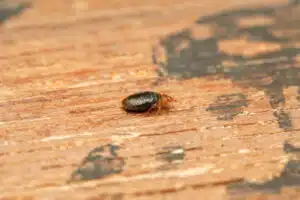
Tick vs. Bed Bugs: Differences and Similarities
Understanding the differences between two common blood-sucking pests, ticks and bed bugs, is important. We want to make sure you know exactly what kind of pests you’re dealing with,
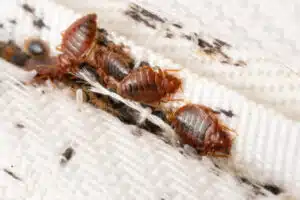
Where Do Bed Bugs Come From, and How to Prevent Them? A Guide for Salt Lake Residents
Bed bugs can be a major nuisance and cause various physical and emotional problems, including skin irritation, anxiety, and sleep disturbances. In Salt Lake City, bed bugs are a growing concern, especially in apartment buildings, hotels, and other high-density living spaces. But where do bed bugs come from, and how can you prevent them from infesting your home or property?
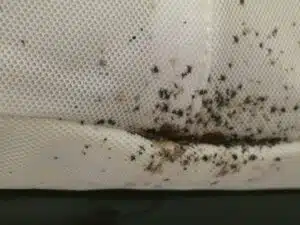
Are All the Tiny Black Bugs in My Bed Bed Bugs?
Sleeping is one of the things that we look forward to after a very long day. We recharge ourselves by sleeping by the end of the night to be refreshed the next day. But we can be disturbed even during our sleep by pesky pests crawling and hiding where we sleep. That’s terrifying, right? Pests that are known to annoy us during our sleep are bed bugs. They are usually found where humans and other pets sleep. Bed bugs can be almost anywhere in the world – even in your Saltlake home! They can be annoying because they suck your blood and leave you with an itch and bumps in the infected area. So blood attracts them, even the blood of other animals. Therefore, you should conduct bed bug removal if you have them. If you find bugs on your beds, you might think they are bed bugs. But are they?

Can Bed Bugs Live in Your Car?
Bed bugs are small, flat, and oval-shaped insects that feed on the blood of humans and animals. During the day, bed bugs hide in cracks and crevices around beds, furniture, and baseboards. You can also find them in mattresses, bed frames, blankets, carpets, and other fabric items throughout your home. While it is possible for bed bugs to infest your car, they’re less likely to do so than inside a house or other structure.
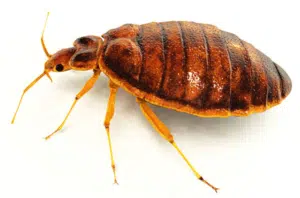
How to Find Bed Bugs in Your Home
Bed bugs are small, blood-sucking that feed on human and animal blood. They belong to the family Cimicidae, contain over 100 species, and have been around for millions of years.

Can Bed Bugs Jump?
Bed bugs are a common household pest that can be difficult to get rid of. These tiny insects can live in any crevice or crack in your home and feed on blood.
